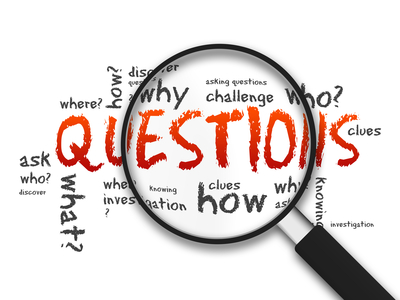I am often asked to perform code optimization services on websites in an effort to improve organic search placement. One of our determining factors of if we will consider a project as a good match for us, is how recently the site had been created. If your website is three,…
Web Design
-
-
Why Not Put Just a Wee Bit of Content on Your Home Page
I get asked this question a lot “Why do big companies just have a wee bit of content on their home page?”. There are several reasons why a website owner would want just a wee bit of content on their home page but nearly all reasons will not help you…
-
Are You Trashing Up Your Website?
After a new website is launched, we do encourage all clients to routinely add to their website as it should be considered a work in progress. However sometimes in an effort to improve the site over time, the client ends up adding too many peripheral items that can impact the…
-
Getty Images Sues Users of Template Websites
Not only did I read about this on the Web, but one of my new clients has been sued by Getty Images for over $17,000. Here the full listing on Google.com if you are interested in reading more people’s comments on this topic. Many are calling it a scam, but…



